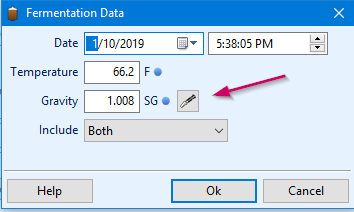Aleforge
Well-Known Member
I just took a reading on my batch a few minutes ago. It's been about 9 days and airlock activity has stopped and the krausen has fallen. To my dismay my FG is WAY off the mark. My OG was 1.055 and currently it's at 1.024. I used my new refractometer that I got for XMAS for both readings. I believe I came across something a few weeks ago that mentioned them not working well to learn your "true" FG measurements. But maybe it's just hopeful thinking at this point. I did calibrate it with distilled water if anyone is wondering.
Any insight on this?
Side question: If it doesn't drop in the next week anymore will it be drinkable? I have never had a beer that far off. I assume it's going to be really sweet.
Thanks
Any insight on this?
Side question: If it doesn't drop in the next week anymore will it be drinkable? I have never had a beer that far off. I assume it's going to be really sweet.
Thanks












